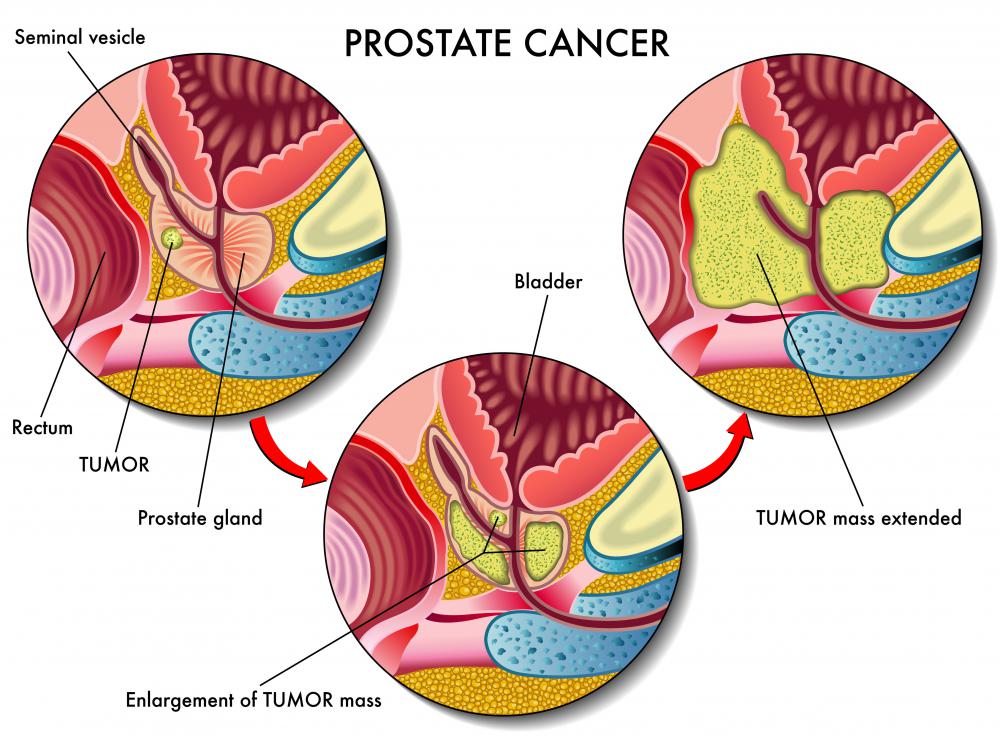At TheHealthBoard, we're committed to delivering accurate, trustworthy information. Our expert-authored content is rigorously fact-checked and sourced from credible authorities. Discover how we uphold the highest standards in providing you with reliable knowledge.
What is an Orchiectomy?
In medicine, an orchiectomy is a surgical type of castration in which one or both testicles are removed. Patients suffering from testicular cancer make up the majority of people undergoing this form of surgery. Orchidectomy is an alternate spelling that may be used to refer to this surgical procedure.
The surgical procedure may be performed in two different ways, as an inguinal orchiectomy or as a scrotal orchiectomy. The inguinal form of the surgery, which is the most commonly performed, is done by making an incision in the groin, above the pubic bone. The testicle is then removed by being pulled upwards through the inguinal canal, which is a passage in the abdominal wall through which the spermatic cord passes. In the scrotal form of the procedure, the testicle is removed via an incision in the scrotum.

In testicular cancer patients, it is possible to remove a cancerous tumor from a testicle without removing the entire testicle. This approach is rarely used, however, because pre-cancerous cells usually exist throughout the affected testicle, and the cancer is likely to recur unless the testicle is removed in its entirety. If only one testicle is affected, a unilateral orchiectomy is commonly performed, with either the right or the left testicle being removed. After a unilateral procedure, the patient is likely to remain fertile, as only one testicle is required to maintain fertility.
In cases where both testicles are affected, a bilateral or radical orchiectomy is usually performed, with both testicles being removed. This results in infertility. A bilateral procedure also usually results in erectile dysfunction.

Another important effect of any kind orchiectomy, which may cause significant distress to patients, is the physical change to the genitalia. To alleviate this, patients may be offered a testicular prosthesis. This is an artificial testicle that is inserted into the scrotum during surgery. A testicular prosthesis can mean that the appearance of the genitalia does not change significantly, and may help patients to cope with the emotional effects of the surgery.

Orchiectomy has a high success rate as a treatment for testicular cancer, where the cancer has been detected at an early stage. The procedure can also be used to improve the survival rate of patients suffering from prostate cancer. The effect of orchiectomy on prostate cancer is likely to be due to the large reduction in testosterone levels that occurs after removal of the testes.
AS FEATURED ON:
AS FEATURED ON:














Discuss this Article
Post your comments